The Last Bright Light —
SOAR XLV
By Greg Walker (ret) USA Special Forces
“You have never lived until you have almost died. For those who have fought for it, Life has a special flavor the protected shall never know.” — Special Operations Association motto
History of the Special Operations Association and SOAR
The early SOA composed only of recon team personnel and the personnel who worked for MACVSOG and supported their missions. Our association would encompass all four services as well as certain government entities to include the chopper pilots who flew for us, the Air Force personnel who directed and supported us, as well as the few Marines and Naval personnel that worked in SOG as well as in our operations.
We had a special kind of brotherhood… We would have given our lives for each other and in some cases, we did. I did not want to lose those relationships that I had, and we have not to this day.
Due to the highly classified nature of our SOG unit, we were not allowed to converse with others about our missions, not even to other Green Berets, and we found that we were the only ones on this planet who understood what each other have gone through. The SOA offered a way to preserve these relationships.
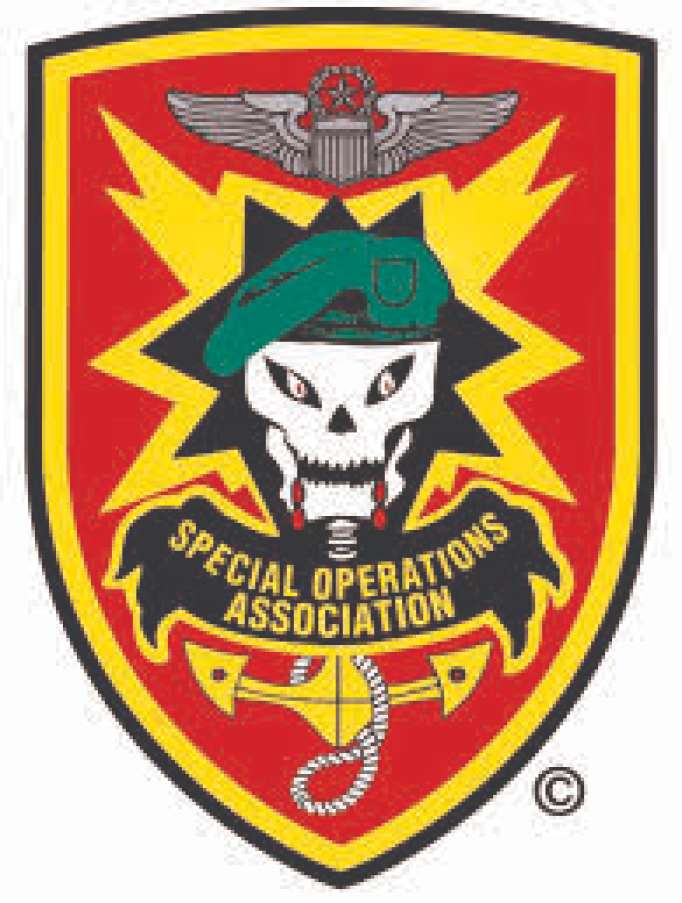
At our first reunion we had thirteen men get together at the Fort Devens Rod and Gun Club. The stories were great and the camara-derie was back between all of us. At this meeting on Christmas Eve, 1971 we reaffirmed our commitment to each other and knew that, regardless of where life took us, we would always be there for each other. It was this moment that I recognized the value of an “official” Special Operations Association to both the men and to the family of those lost. I felt the need to set up the SOA in order to obtain cover-age for our unique veteran concerns and to take care of “Our Guys.” The Special Operations Association established a secure line of communication that was needed for me and my men.
We all agreed that we would make an effort to get together at least every five years regardless of where we were in the world. From that moment on, each and every one of us knew that we had friends closer than brothers, and should the need arise all we had to do was declare a PRAIRIEFIRE EMERGENCY and a BRITELIGHT would launch immediately. These relationships are still in place today.
The second reunion grew to twenty-eight men who flew in from all over the world. Thus, the memo of our reunion continued to pass by word-of-mouth. As men sent me contact info to each of them I started building the telephone tree; then in 1976 I incorporated the SOA as a charitable organization and shortly after we became a national organization. The only membership criteria were to be SOG personnel, or SOG support activities personnel and we had the men on board who could attest to who were SOG and not.
All of these men that I contacted were to try and locate other people who were either C&C Recon or supported our activities. At first it was to be a One-Zero organization, with projects/plans and direc-tions dictated by One-Zeros. During the course of the next 10 years other C&C/SOG personnel directly contacted me and were inter-ested in joining the organization.
The reunion was for the Brotherhood. First, I inducted our dear friend Martha Raye as an honorary member into the SOA. Then I invited the driving forces for The League of Families, as I heard that The League was being stonewalled by the Carter Administration and was not receiving any support from the VFW and the American Legion. I allowed their driving forces to address the SOA attendees about the total lack of support for the POW/MIA issue and after they were done we decided to support them in their endeavors. In 1979 the SOA became the first Veterans Group to formally support the League of Families. In 1980 with the help of General Jack Singlaub, MACVSOG and its missions appeared for the first time in a documented history of the Vietnam War.
The specific and primary purposes for setting up the Special Operations Association:
The goal of the SOA is to unite fraternally all veterans, retired and active duty, who are now or have conducted Special Operations deep in hostile enemy territory, or have been assigned to the United States or foreign military units which conducted such operations; (This was our definition for membership at this time as we could not use the name MACVSOG as it was still classified.)
- To unite fraternally all war veterans who are now conducting or supporting classified “Special Operations” deep in hostile enemy territory or have been assigned to the United States or foreign military units which conducted such operations.
- To perpetuate the Special Operations esprit de corps.
- To commemorate fittingly the memory of those who have given their lives in defense of the Free World.
Therefore in 1981 we started the “Special Operations Scholarship Fund.” Each scholarship would be given in the name of one of our killed or missing in action. We present these scholarships annually and read a brief bio of the circumstances of the KIA or MIA member’s last mission.
- To educate its members and the citizens of the USA in the proper development of Special Operations and to keep them abreast of new developments in the field of Special Operations as is consis-tent with security regulations.
- To create and compile communication networks for Members
- Our organization would primarily support “qualified” membership; To help those who needed it, to get on their feet on the ground and become integral parts of US Society.
- To encourage every member of the association toward a closer personal relationship and a friendly spirit of mutual cooperation
- To foster and promote general welfare and prosperity of the mem-bers and to improve by all lawful means their status and condition.
- To be a source of inspiration for all Special Operations personnel.
General Jack Singlaub gave me the greatest compliment when he approached me at one of our reunions with a rhetorical question, “Do you have any idea of how many men you saved just by setting this organization up?” This is the very essence of why I established the Special Operations Association: to recognize our special veterans and their families.
I am honored to have founded an organization with such achievement.
Jim Butler, #001
Founder, Special Operations Association
A Life Well Lived
Jim Butler was born in Portland ME and summered on Little Sebago Lake before making the Monterey Peninsula his home. Even in his early life he was described as “larger than life” a “force of nature” and had an “infectious sense of humor.” Butler attended S. Portland High School, North Yarmouth Academy, and the University of Maine where he was President of his Phi Kappa Sigma fraternity. He loved competing in football, baseball, and ski team. In college, Butler joined ROTC and was commissioned U.S. Army officer as Infantry Captain.
During the Vietnam War, Butler served in the U.S. Army Special Forces (Green Berets) where he was assigned to MACVSOG. As team-leader and “One-Zero” for Combat and Control North (CCN) on Recon Team Python. Captain Butler led multiple missions and spent over five hundred hours behind enemy lines rescuing downed pilots, running POW/MIA search missions, and other covert activities in Laos and North Vietnam. Described by his friends as a “soldier’s soldier” his decorations include multiple Silver Stars, Bronze Stars, Purple Hearts, an Air medal, Presidential Unit Citation, Airborne tab, Ranger tab, and many other awards.
Butler was committed to his comrades-in-arms. His loyalty to his men alive, missing, and deceased inspired him to create the Special Operations Association (SOA) in 1976, a non-profit organization meant to connect the men of SOG, aid in their transition to the pri-vate sector, honor the memory of their fallen comrades and to award collegiate scholarships to the children of SOA members.
The SOA is active to this day and has grown to over 2,500 living members.
Jim was born with a gift of laughter and was always the life of the party. He was an intellectual and a voracious reader of history. He loved skiing, golfing, and fishing. But more than anything else Butler was a loving father who put his family first.
Jim will forever be in our hearts. He is survived by his wife Diane Butler and their three children
Captain James E. Butler is buried at Arlington National Cemetery, Washington DC, in Section 81, Grave 885.
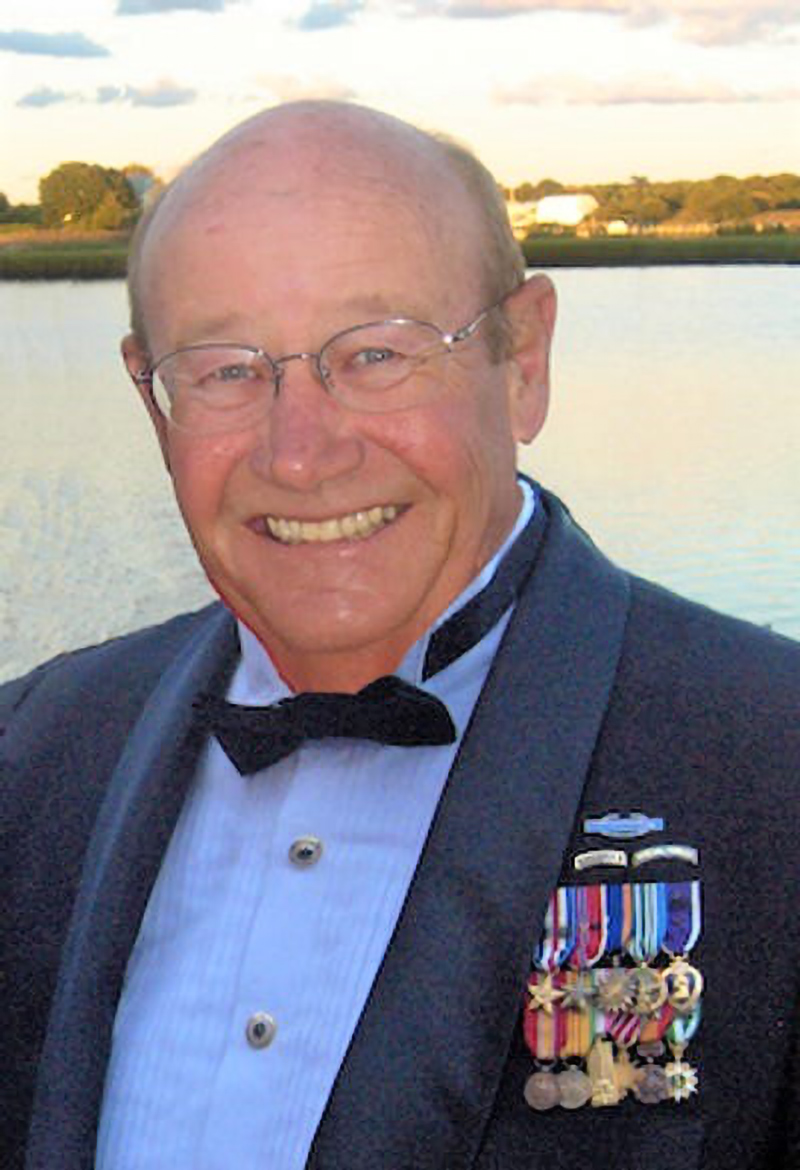
2_James-Butler-Page-4
Captain James E. Butler (Photo courtesy Lindsay Butler)
SOAR XLV 2021 — A Reunion and a Recommitment to Friends, Families, and the Still Missing
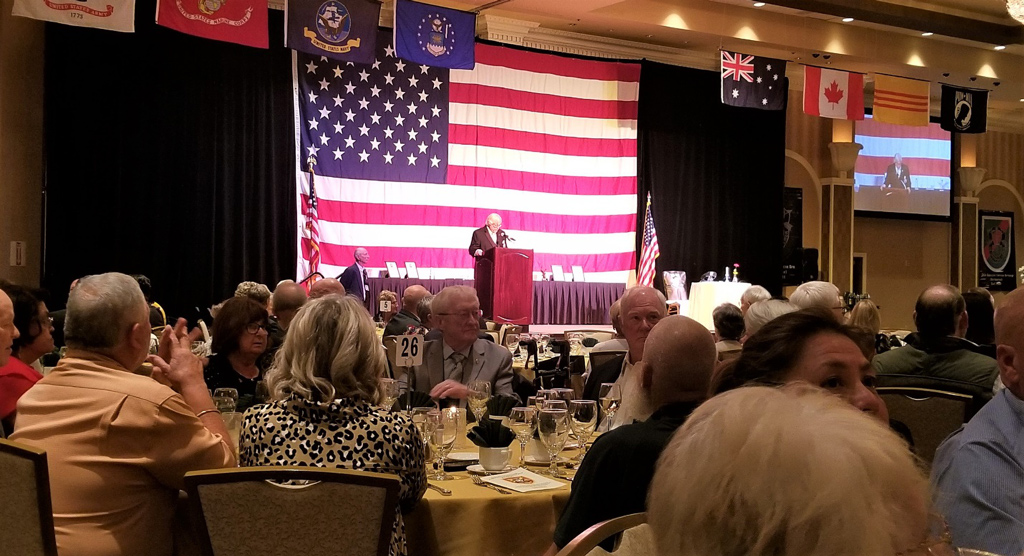
3_SOAR-Banquet
Over two hundred members and their families attended the memorial banquet at SOAR this year. (Photo courtesy Greg Walker)
“We have a duty to our still missing Brothers to live, and to live well.”
— Mike Taylor, SOA/SFA/POW/MIA Chairman
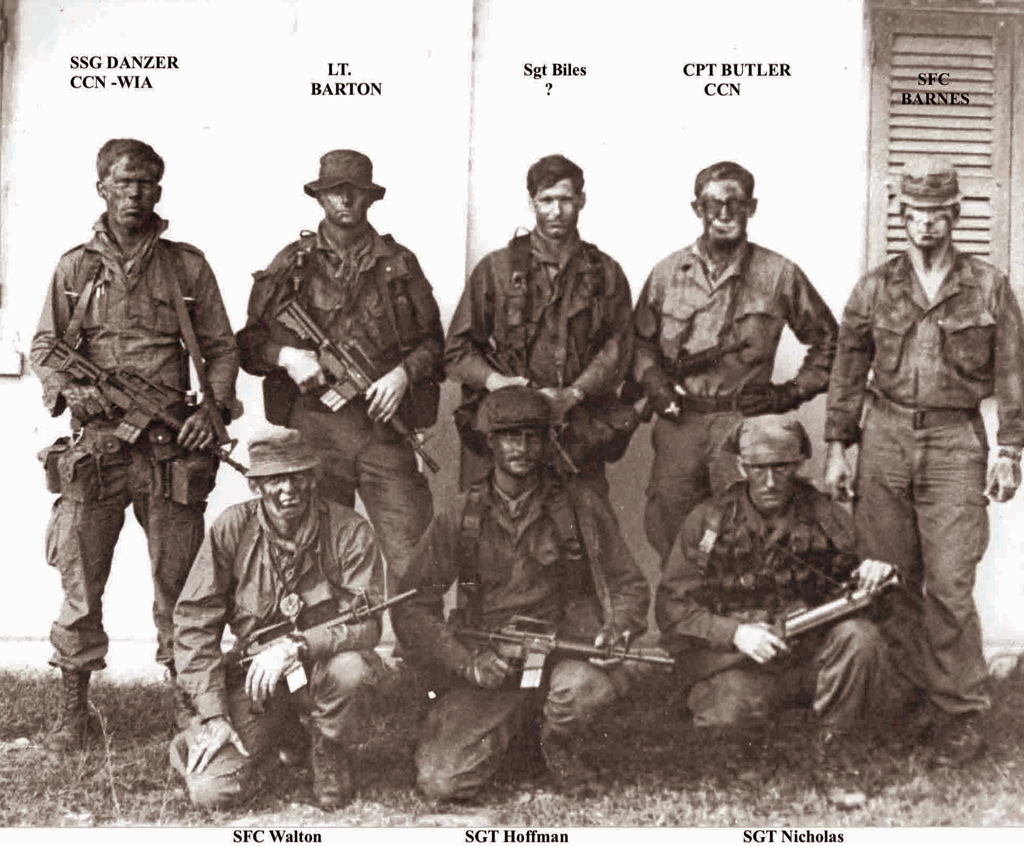
8-TeamLarge
“War is death. Veterans and survivors are saturated with it. They have stared down the barrel of a gun and viewed their own end. They have been agents of death for countless others… Vietnam veteran William Crasper wrote of “a continual falling of men obliterated in my eyes” and of the deaths of friends who “nurture themselves on me… I am also that dead.” — War and the Soul, Dr. Edward Tick (Photo courtesy Ms. Lindsay Butler)
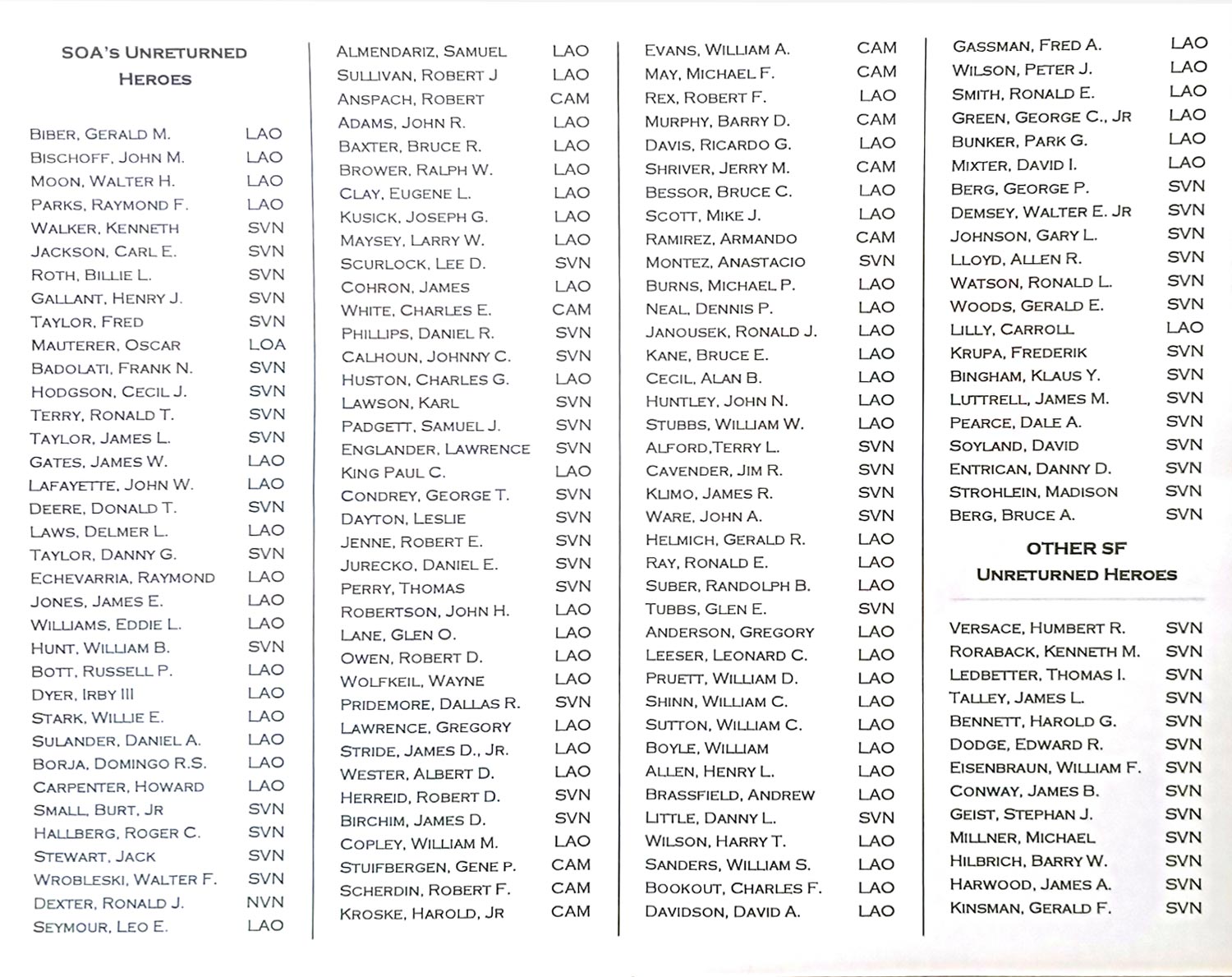
9-Heroes-list
The SOA’s Unreturned Heroes — the search continues.
From the author:
My dad, now many years ago, introduced me to Jim Butler whom he was mentoring in the field of estate planning at Connecticut General Life Insurance in San Jose, California. In turn, Jim encouraged me to volunteer for Special Forces. After I had completed the “Q” Course it was Butler who brought me into the SOA (#318).
Jim instilled in me the importance of never leaving a fallen comrade behind. We bring our missing, our POWs, our dead home. He also knew firsthand how difficult it was returning to “the world” and then transitioning from warfighter to loving father, husband, and civilian. The SOA was his way of promot-ing both worthy and achievable objectives.
“My dad also made a point to teach me the importance of history and making sure that false history is corrected. Apparently this was one of his biggest goals.” — Lindsay Butler, daughter
God bless and keep you, Captain Butler. Your legacy is secure.
ABOUT THE AUTHOR — An author and Special Forces historian, Greg Walker served with the 10th, 7th, and 19th Special Forces Groups (ABN). He retired in 2005. He is a Life member of the Special Operations and Special Forces Associations.
Today, Mr. Walker lives and writes from his home in Sisters, Oregon, along with his service pup, Tommy.
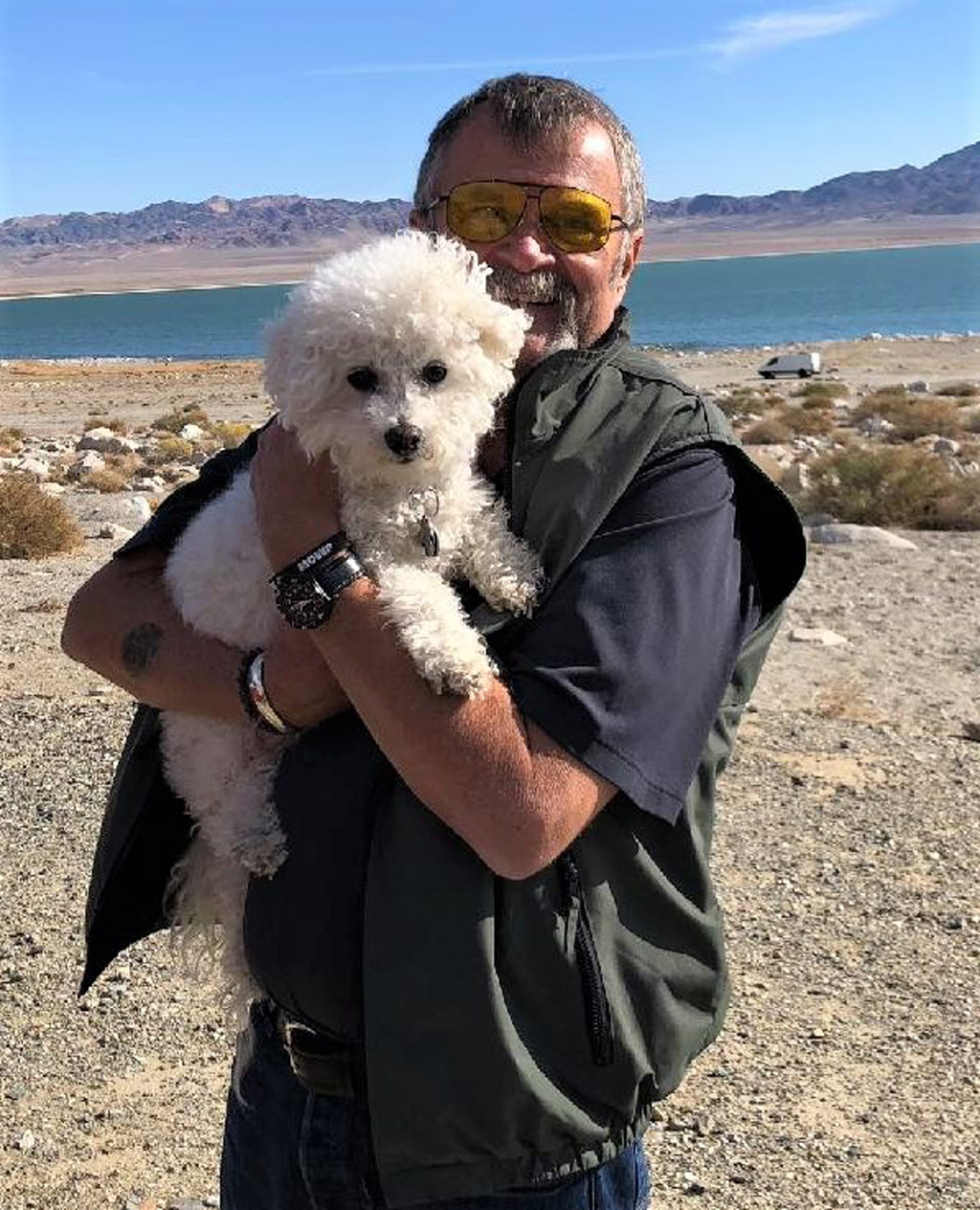
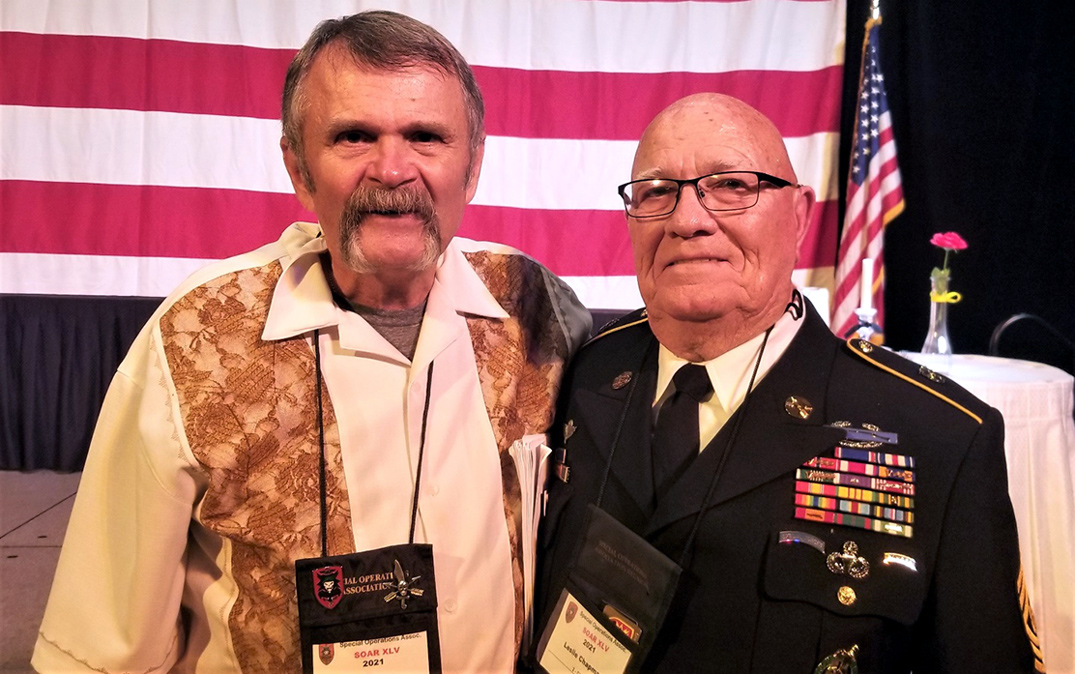
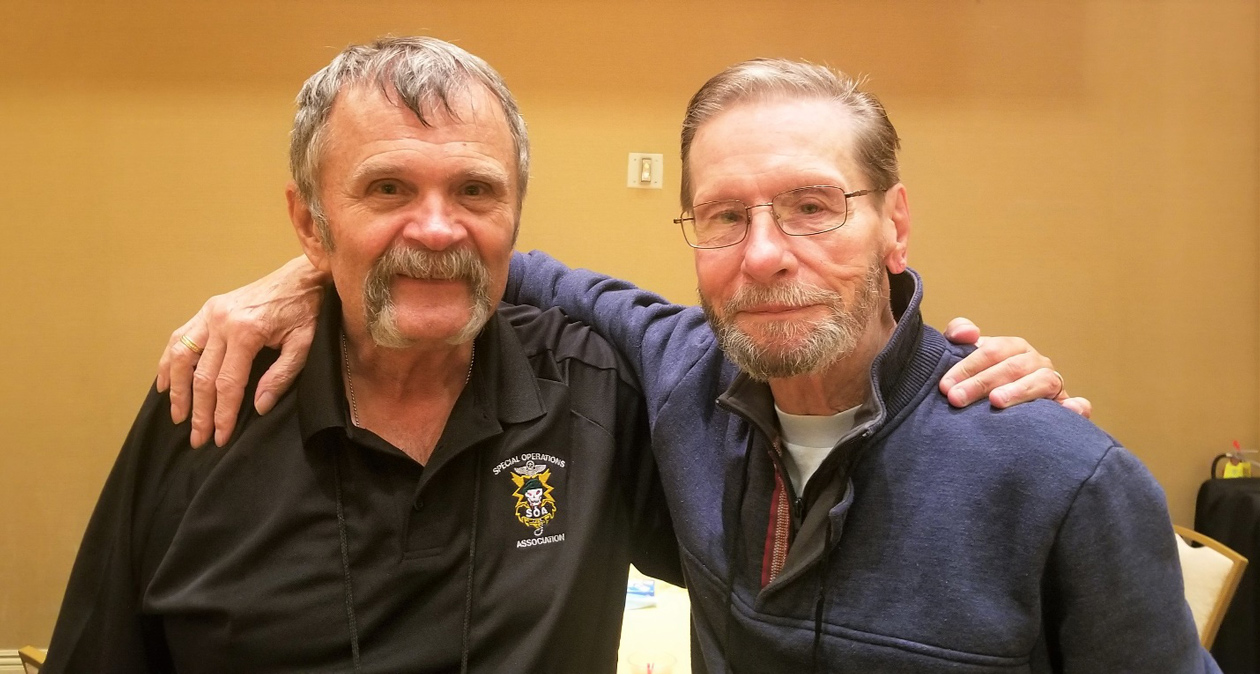
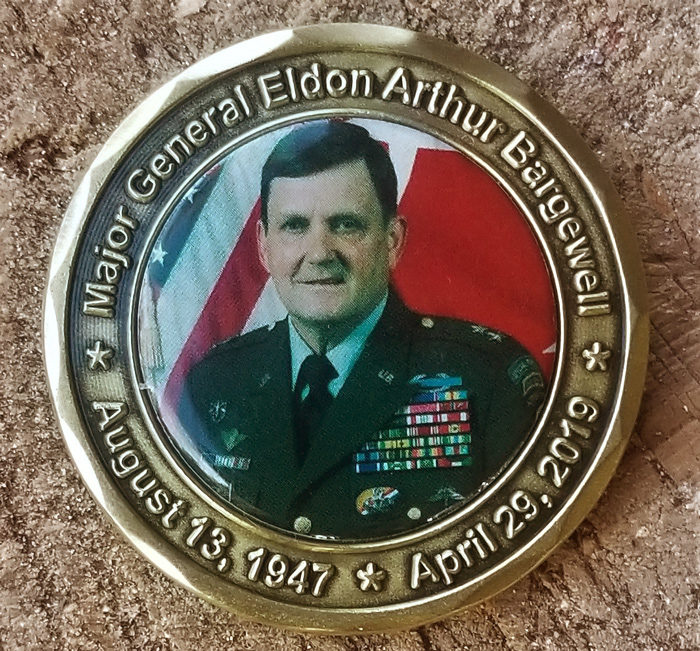
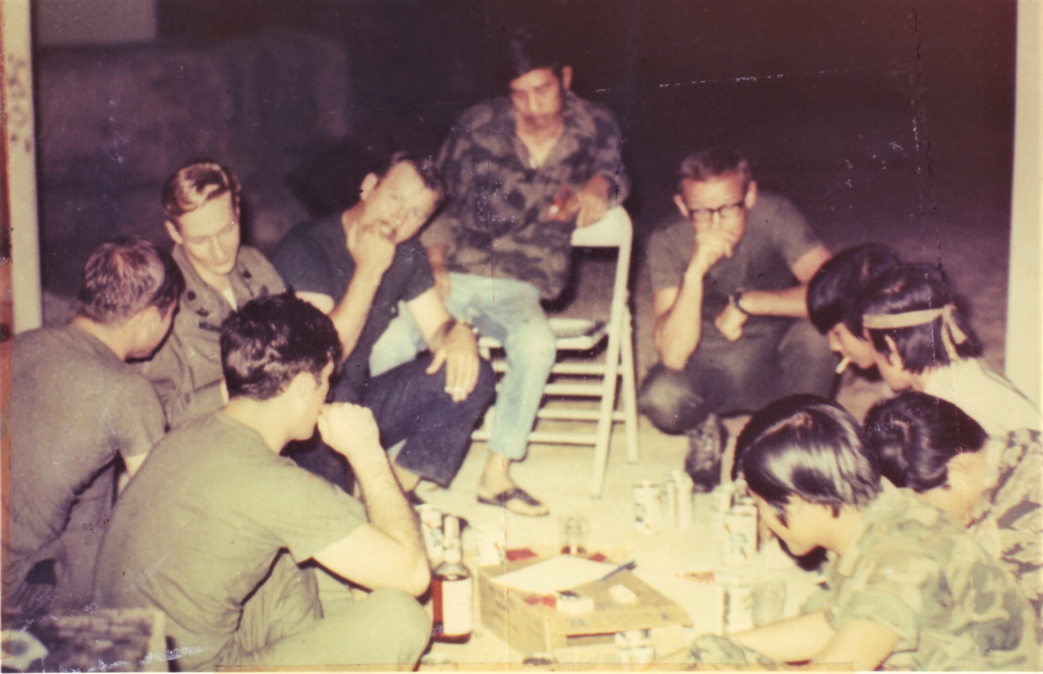
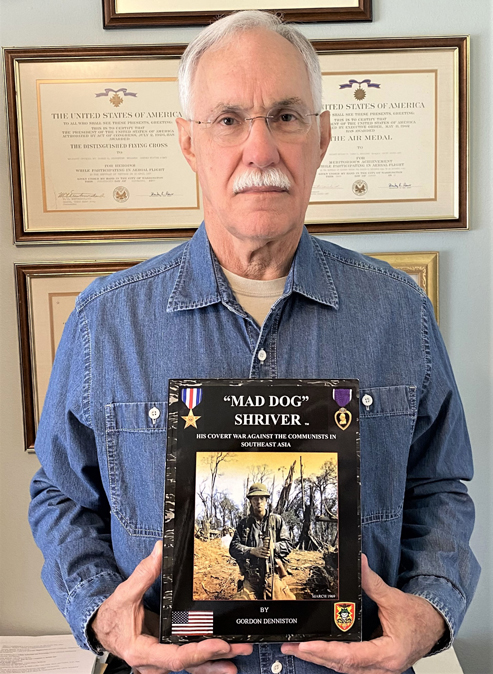
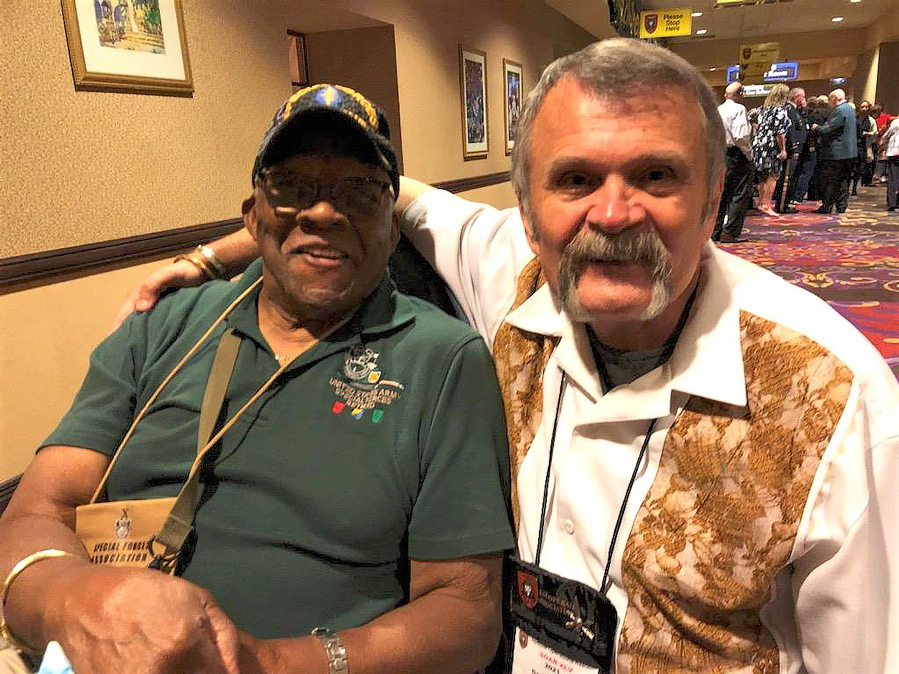
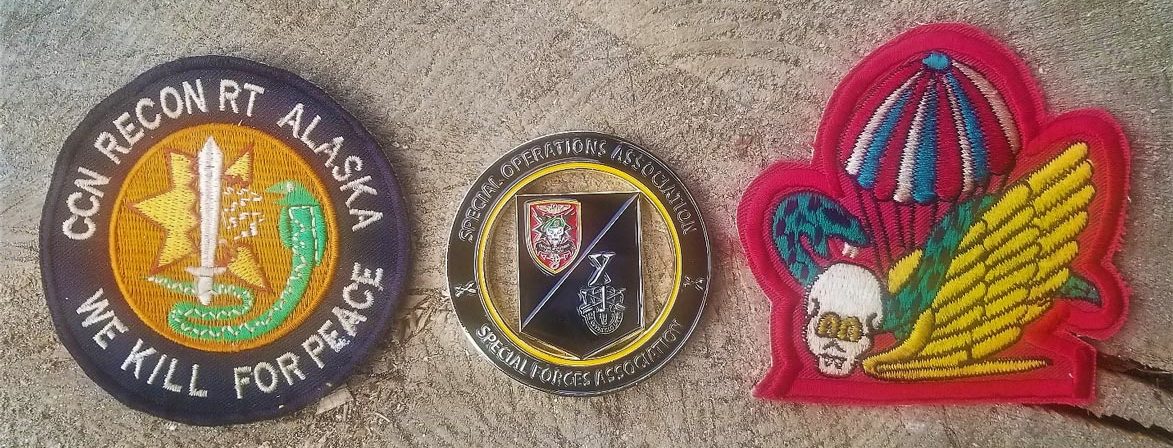
Leave A Comment